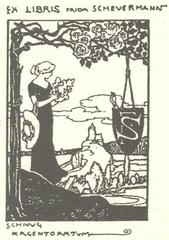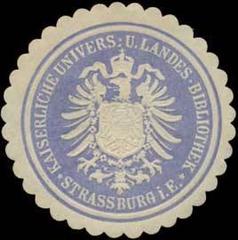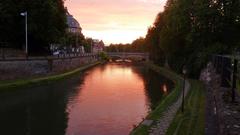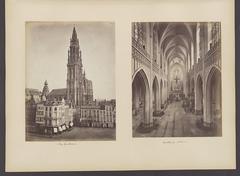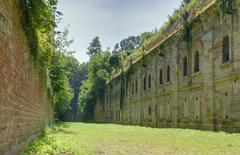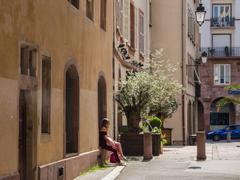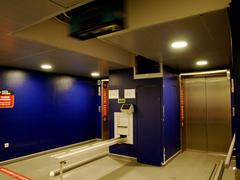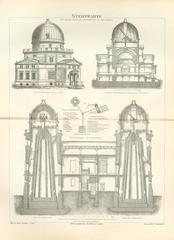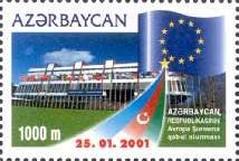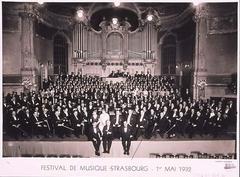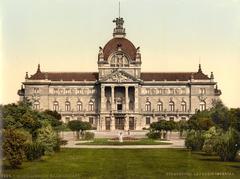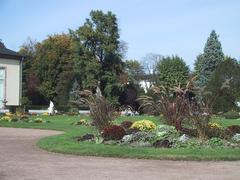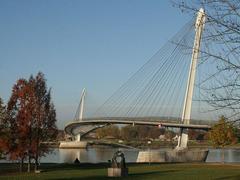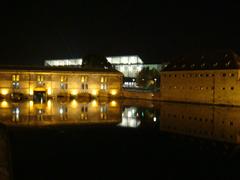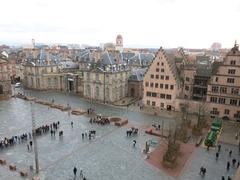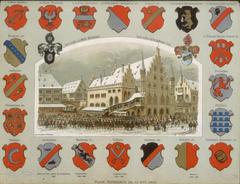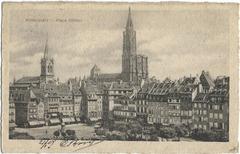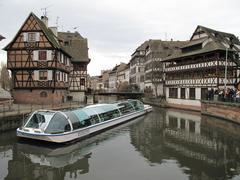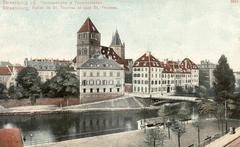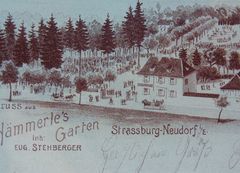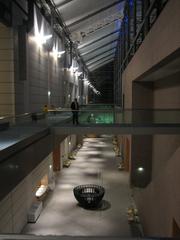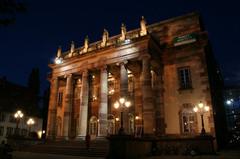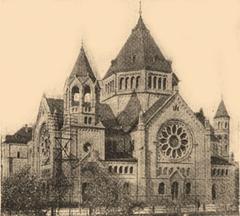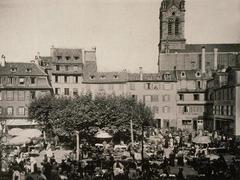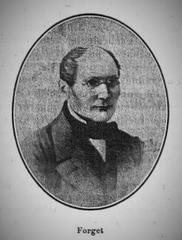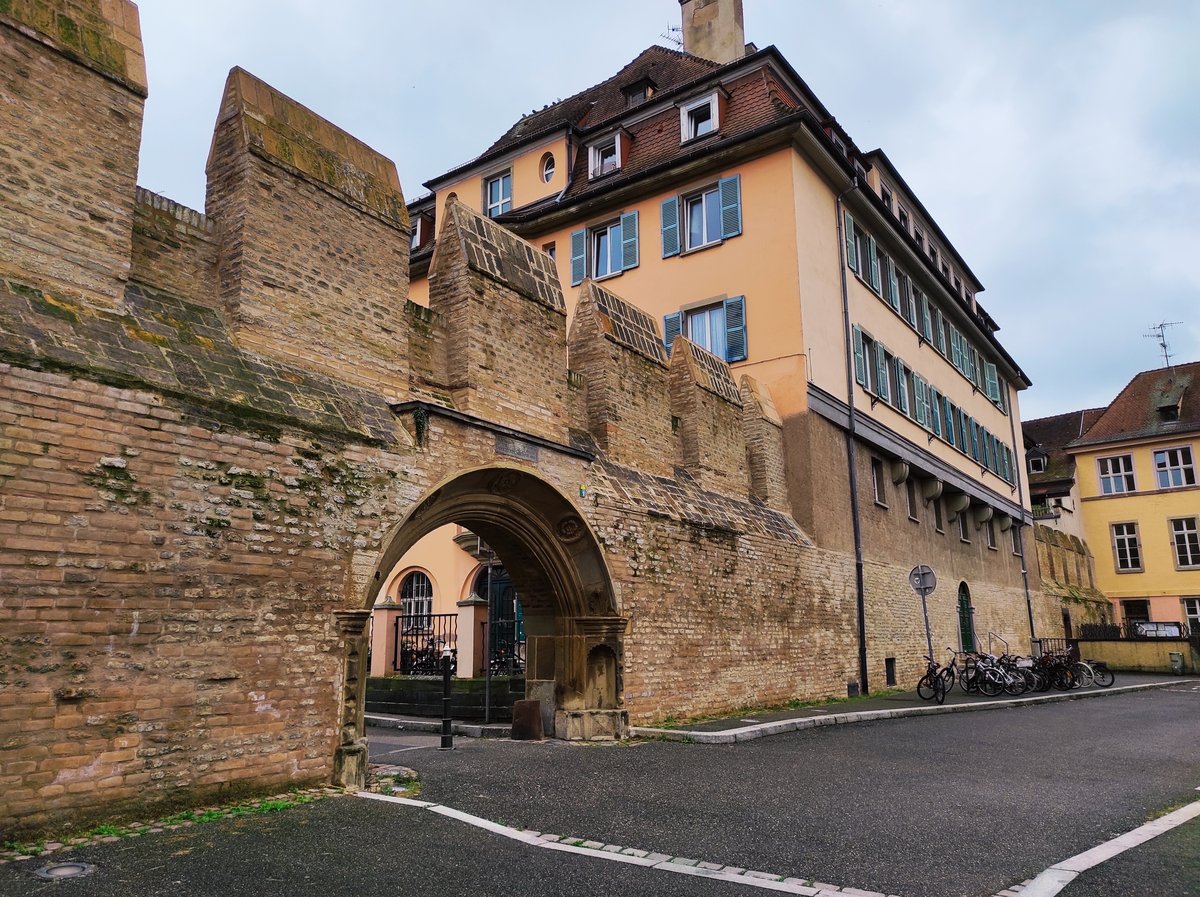
Porte des Remparts Strasbourg: Visiting Hours, Tickets, and Historical Sites Guide
Date: 03/07/2025
Introduction
The Porte des Remparts in Strasbourg is a striking testament to the city’s military and architectural history. Located near Place Sainte-Madeleine on Strasbourg’s Grande Île, this historic gate encapsulates centuries of evolution, from medieval defense strategies to Renaissance artistry and 19th-century transformations. Today, it stands as a symbol of Strasbourg’s resilience and multicultural heritage, offering visitors an immersive journey into the city’s storied past. This guide provides in-depth historical context, architectural highlights, practical visitor information—including visiting hours, ticketing, and accessibility—and tips for exploring nearby attractions (aroundus.com; France This Way; Office de Tourisme de Strasbourg).
Table of Contents
- Introduction
- Historical Background
- Architectural Features and Innovations
- Visitor Information
- Preservation and Cultural Significance
- Frequently Asked Questions (FAQ)
- Conclusion and Travel Tips
- References
Historical Background
Medieval Origins and Strategic Role
Originally, Strasbourg was a coveted stronghold on the Rhine, encircled by defensive walls and gates to protect its citizens and regulate commerce. The earliest fortifications date back to the Middle Ages, with massive stonework, narrow passages, and defensive towers exemplifying military priorities. The Porte des Remparts served as a crucial entry point, regulating the flow of people and goods and providing a strategic position for surveillance and defense (aroundus.com).
City gates like this not only shielded Strasbourg from invaders but also played a role as customs checkpoints and could be quickly sealed during sieges.
Renaissance Enhancements and Vauban’s Influence
As artillery technology advanced in the 16th and 17th centuries, the city’s defenses were modernized. Engineers such as Daniel Specklin and Jean-Baptiste Tarade introduced bastions, ravelins, and reinforced gates. The 17th-century work of Sébastien Le Prestre de Vauban, Louis XIV’s renowned military engineer, brought about the construction of a pentagonal citadel and further strengthened the city’s ramparts (France This Way; KurioCity).
The Porte des Remparts was adapted to be part of these new defensive systems, integrating features like thickened walls, angular outworks, and improved approaches to resist artillery and create effective defensive zones.
19th-Century Urban Transformation
The Franco-Prussian War of 1870–1871 marked a turning point for Strasbourg. Following annexation by the German Empire, a new defensive ring of forts was built, and much of the old city wall was dismantled to allow for urban expansion. However, the western fortifications, including the Porte des Remparts, were preserved and now serve as rare examples of European “portes de guerre” (Antoine Wendling). The site became a historical marker demarcating the boundary between the old city and the modern Neustadt district.
Architectural Features and Innovations
The Porte des Remparts is notable for its robust Renaissance portal, salvaged from the Hôtel de la famille des Rathsamhausen and installed at its current location in 1913 (Office de Tourisme de Strasbourg). The portal’s 1576 inscription and ornate carvings, classical columns, and heraldic motifs showcase the Renaissance’s decorative artistry, setting it apart from the city’s medieval fortifications.
Surrounding the gate, vestiges of 13th-century brick defensive walls and a restored chemin de ronde (walkway) offer tangible connections to the city’s medieval past. Features such as lunettes (outworks), bombproof casemates, and iron-grilled parapets highlight the layered defense strategies of the era.
Visitor Information
Visiting Hours and Tickets
- Access: The Porte des Remparts is an open-air monument accessible year-round, 24/7, with no entrance fee (Evendo).
- Guided Tours: While there are no dedicated tours for the gate itself, Strasbourg’s Tourist Office offers self-guided and occasional thematic tours covering the city’s fortifications. Tickets for special events or guided walks may require booking (Visit Strasbourg).
- Seasonal Tips: Spring and early autumn provide the best weather and lighter crowds. The Christmas Market season brings festive atmosphere but more visitors.
Accessibility
- Location: 1 Place Sainte-Madeleine, on the eastern edge of the Grande Île.
- Public Transport: Accessible via tram stops “Sainte-Madeleine,” “Faubourg National,” and “Alt Winmärik” (destinationabroad.co.uk).
- Facilities: The area is pedestrian-friendly with nearby tram stops, bike lanes, and accessible paths. Some uneven surfaces may challenge those with limited mobility, but ramps and clear signage support access (Visit Strasbourg).
Guided Tours and Special Events
- Events: Look for special activities during the European Heritage Days and the Christmas Capital festivities, when guided tours and temporary exhibitions are often available.
- Self-Guided Walks: Download the free PDF circuit of Strasbourg’s medieval fortifications for a self-guided experience (Office de Tourisme de Strasbourg).
Nearby Attractions
- Strasbourg Cathedral: A Gothic masterpiece and city landmark (Voyage Tips).
- Petite France: Picturesque canals and timbered houses (The Crazy Tourist).
- Barrage Vauban: Defensive flood barrier with panoramic views (Dabbling in Jetlag).
- Place Kléber: Central square with shops, restaurants, and markets.
- Musée Historique de la Ville de Strasbourg: Delve deeper into the city’s history.
Preservation and Cultural Significance
The preservation of the Porte des Remparts highlights Strasbourg’s commitment to its layered heritage. Protected as part of the city’s UNESCO World Heritage designation, the site offers a rare glimpse into the evolution of European fortifications and stands as a living monument to both martial history and contemporary urban life (Visit Strasbourg).
The gate’s presence in local festivals, community events, and educational programs reinforces its role as a cultural touchstone, bridging the past and present for residents and visitors alike (Enjoy Strasbourg).
Frequently Asked Questions (FAQ)
Q: Are there entrance fees or tickets required to visit the Porte des Remparts?
A: No, the site is free and accessible 24/7. Guided tours or special events may require tickets.
Q: What are the best visiting hours?
A: The site is open year-round; early morning or late afternoon offers ideal light for photography.
Q: Is the site accessible for people with disabilities?
A: The main paths are generally accessible, but some uneven surfaces may pose challenges.
Q: Are guided tours available?
A: Yes, through the Strasbourg Tourist Office, particularly during festivals and heritage events.
Q: What nearby attractions should I include in my visit?
A: Strasbourg Cathedral, Petite France, Barrage Vauban, Place Kléber, and the Musée Historique are all within easy reach.
Conclusion and Travel Tips
The Porte des Remparts stands as a vivid symbol of Strasbourg’s enduring historical and cultural identity, bridging centuries of military innovation, architectural artistry, and urban transformation. Its free, year-round access and proximity to other major attractions make it an essential stop for anyone exploring Strasbourg. Leverage resources such as the official Strasbourg Tourist Office website and the Audiala app for up-to-date information, guided tours, and travel tips.
Top Tips:
- Wear comfortable walking shoes for cobblestone streets.
- Bring a camera for exceptional photo opportunities.
- Download a self-guided tour map for historical context.
- Combine your visit with a stroll through Petite France or a panoramic view from the Barrage Vauban terrace.
Plan your visit today and experience the intersection of history and culture at the Porte des Remparts!
References
- Porte des Remparts in Strasbourg: Visiting Hours, Tickets, and Historical Guide, 2024, AroundUs
- Visiting Porte des Remparts: History, Hours, Tickets, and Strasbourg’s Historic Sites, 2024, France This Way
- Porte des Remparts Visiting Hours, Tickets, and Guide to Strasbourg Historical Sites, 2024, Office de Tourisme de Strasbourg
- Evolution of Fortifications and Ramparts of Strasbourg, 2024, KurioCity
- Visiting Porte des Remparts: Practical Visitor Tips, 2024, Destination Abroad
- Visiting Porte des Remparts: Practical Visitor Tips, 2024, Voyage Tips
- Visiting Porte des Remparts: Practical Visitor Tips, 2024, My Weekend in Alsace
- Visiting Porte des Remparts: Practical Visitor Tips, 2024, Musicians Abroad
- Visiting Porte des Remparts: Practical Visitor Tips, 2024, France Travel Blog
- Enjoy Strasbourg
- Evendo
- Antoine Wendling

